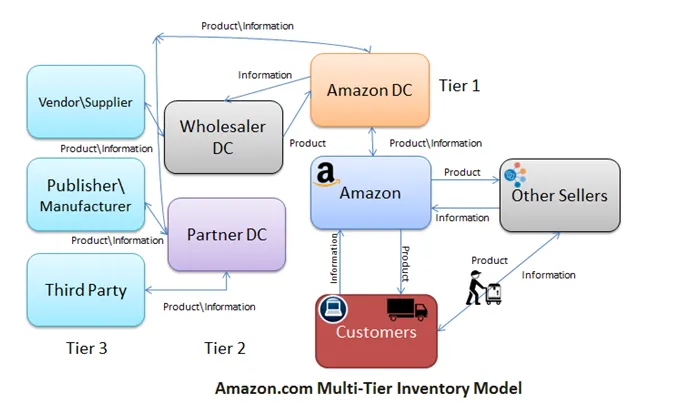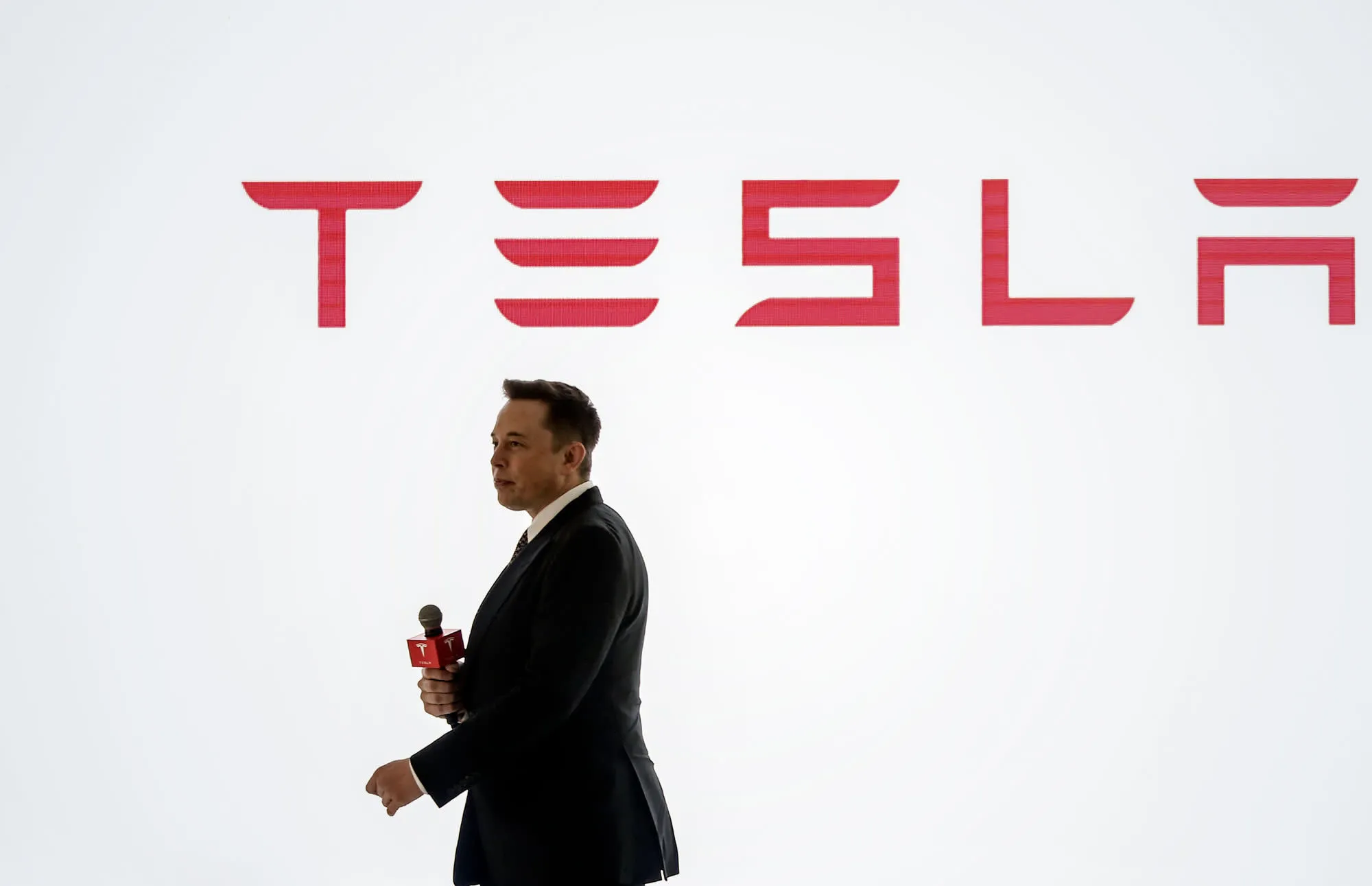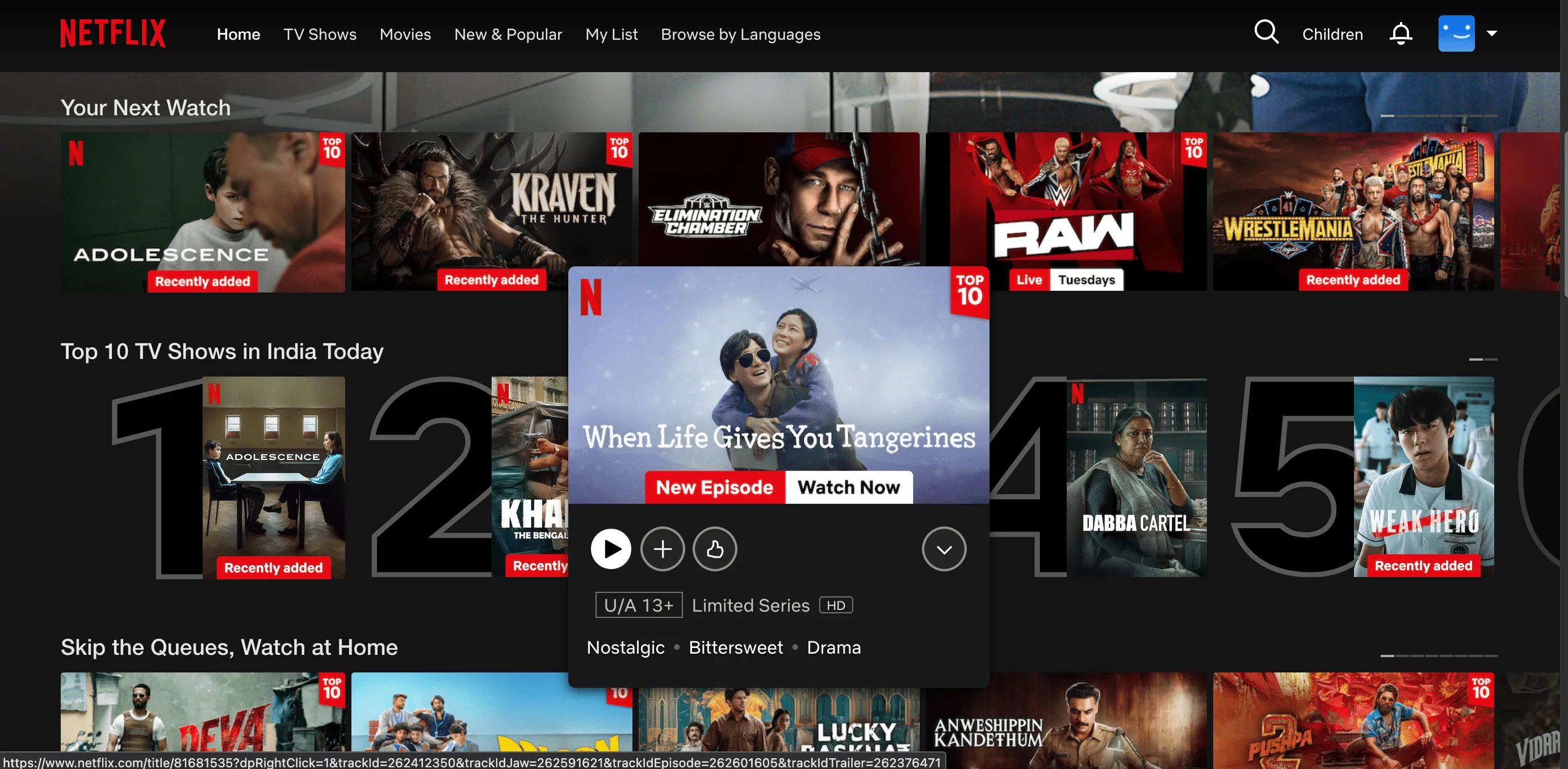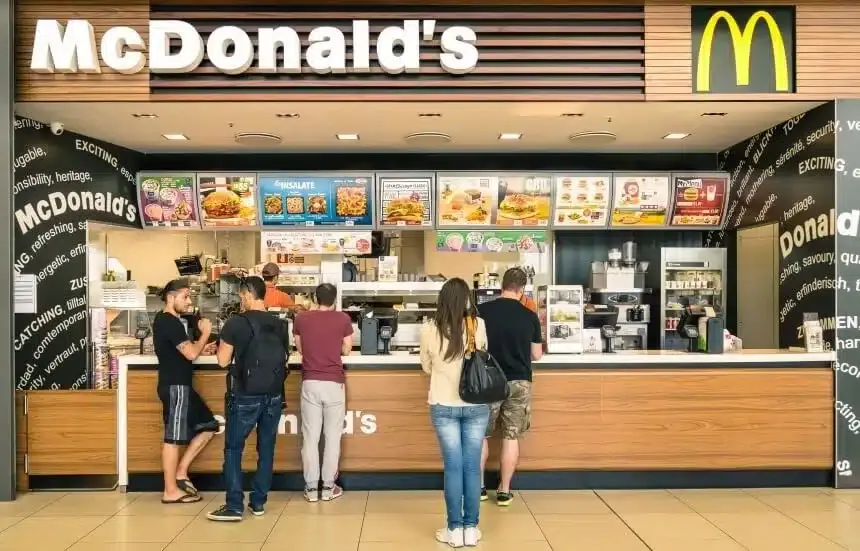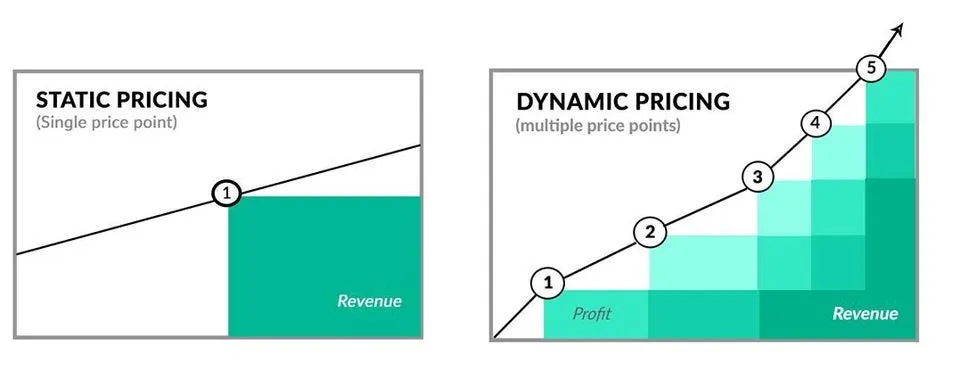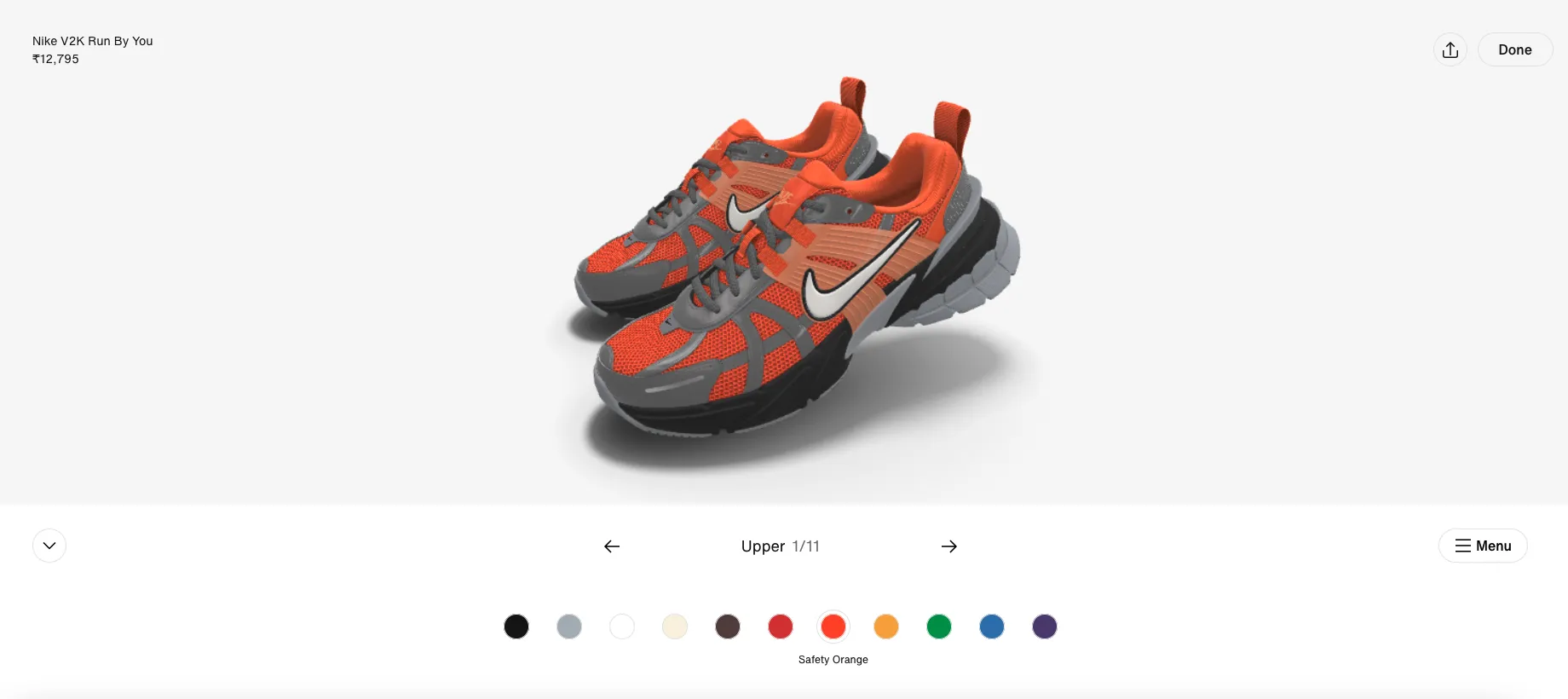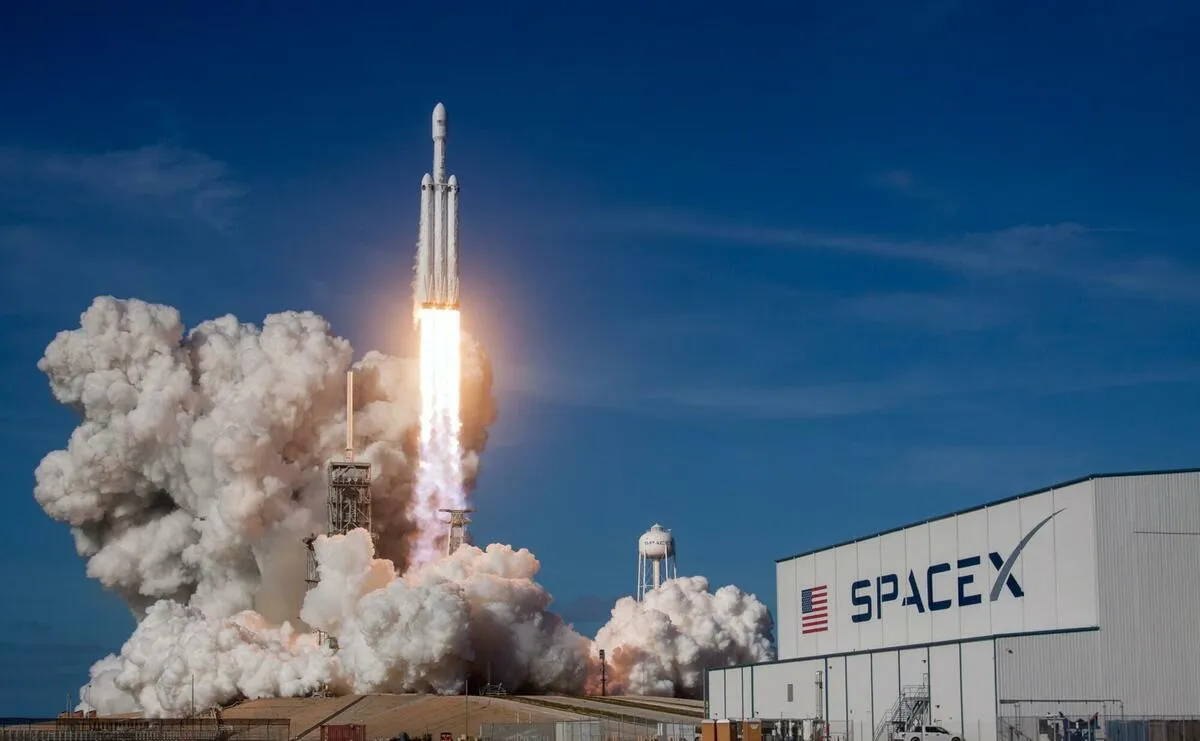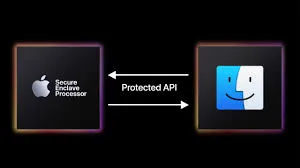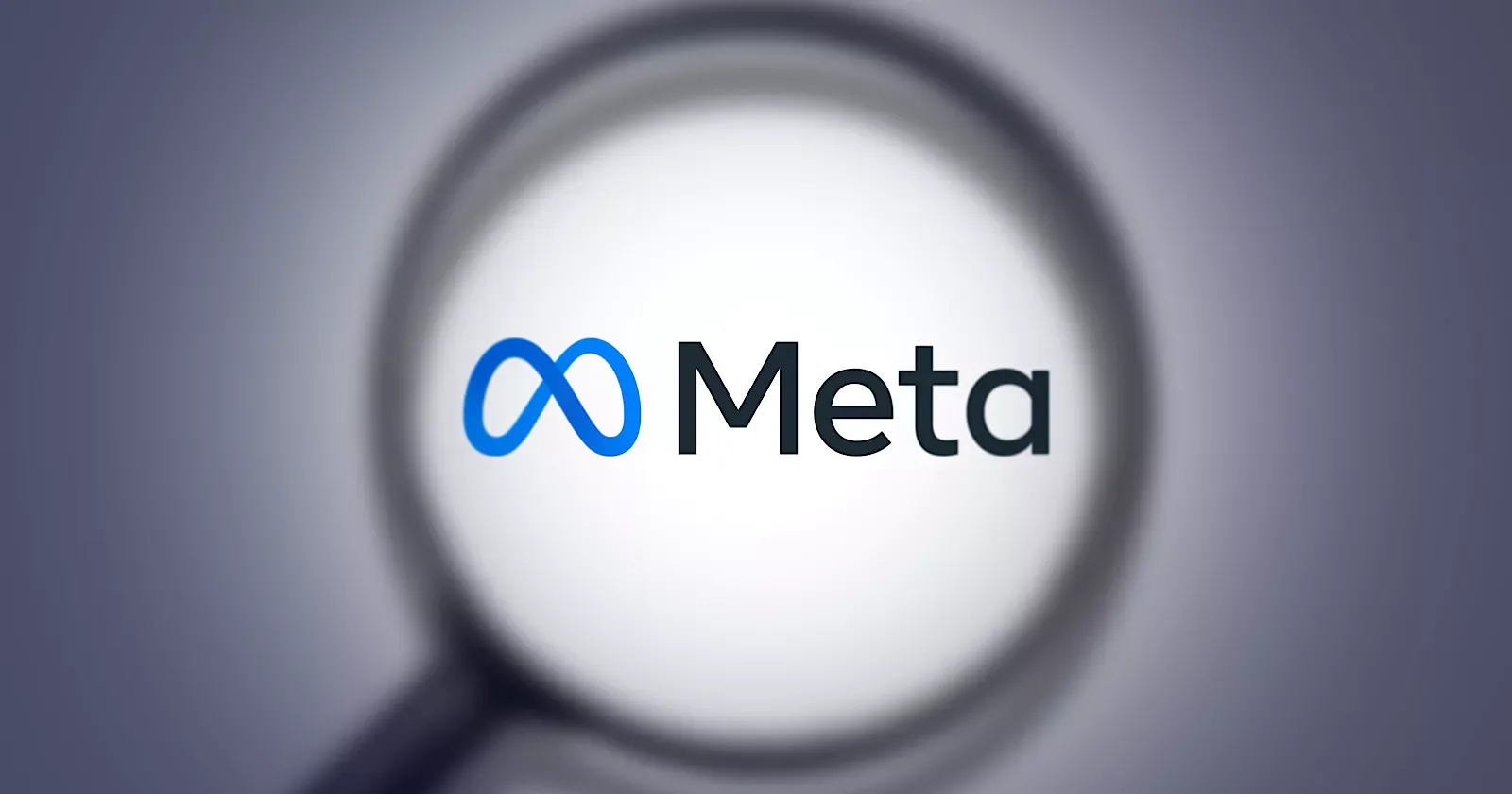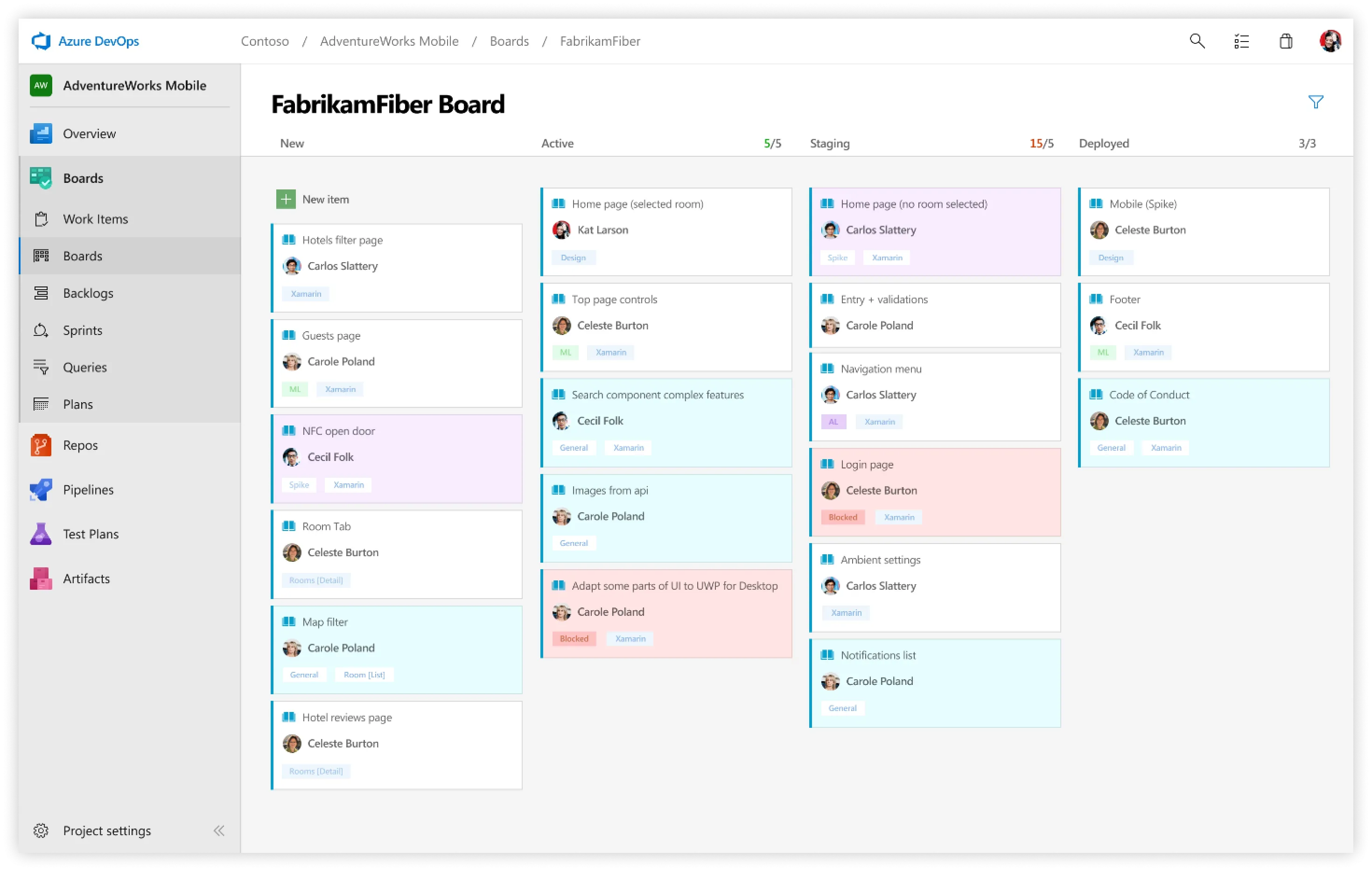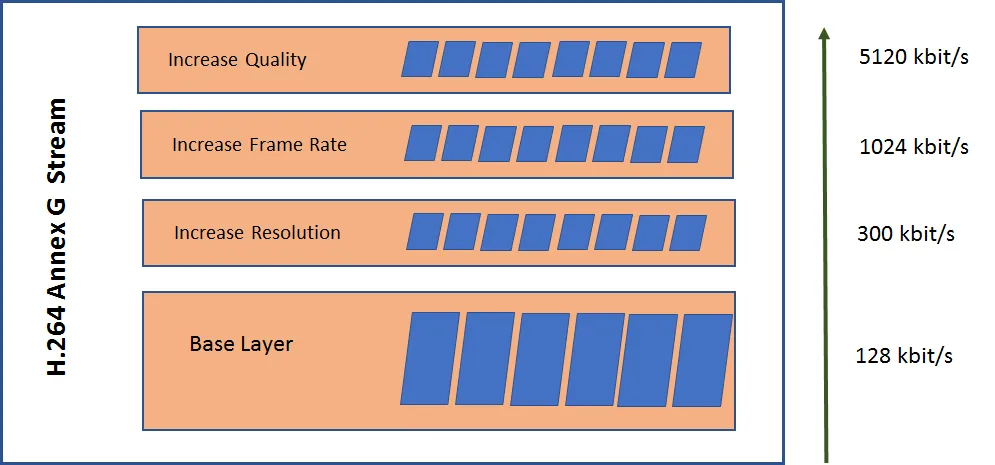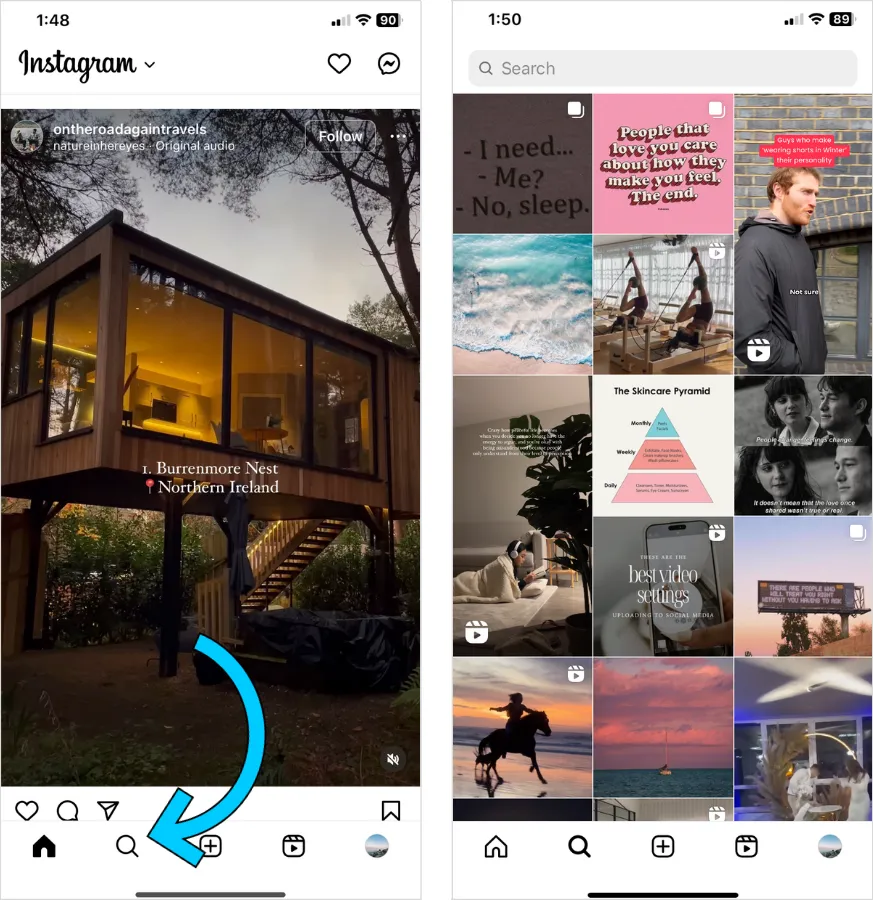April 3, 2025
Custom Software Examples
A running list of custom software examples we’ve found and why they were built, updated frequently.
Most small businesses rely on spreadsheets, WhatsApp messages, emails, and free tools to run operations.
That works — until it doesn’t.
When you hit a ceiling — too many manual tasks, things falling through the cracks, or losing track of orders — that’s when custom software can help.
From automating tasks to creating entirely new platforms, custom software helps businesses work better and grow faster.
Is it the huge budget thats stopping you from building your custom software? At Konigle, we help SMEs build custom tools — CRMs, order trackers, dashboards, whatever you need — at a price that works for you.
This list shares some great examples of custom software we have noticed. Whether you’re thinking of building one or just curious what it would look like, you’ll find plenty of inspiration here. Let’s get started.
1. Amazon's Warehouse Management System
Amazon operates one of the most advanced and efficient warehouse management systems in the world. Unlike traditional warehouses that follow a structured inventory placement, Amazon uses a chaotic storage system, where products are stored wherever space is available.
While this might seem disorganized, it is powered by a sophisticated warehouse management system (WMS) that ensures quick retrieval and delivery of products without any delay.
Why was it built?
To optimize inventory tracking, automate fulfillment, and reduce delivery times.
Why does it matter?
It enables Amazon to process millions of orders efficiently with minimal human intervention.
Might find interesting: Custom vs. Off-the-Shelf Software
2. Tesla's In-House ERP System
Tesla built its own Enterprise Resource Planning (ERP) system instead of using off-the-shelf solutions. This system is tailored to manage Tesla’s rapid scaling, unique production needs, and global supply chain.
Why was it built?
Off-the-shelf ERP systems couldn’t handle Tesla’s rapid scaling and unique manufacturing process.
Why does it matter?
It gives Tesla full control over supply chain management and production, allowing for faster innovation and cost efficiency in manufacturing.
Racing Notebook: F1 Card Game
Racing Notebook created an interactive F1 dashboard that lets users explore every lap, overtake, pit stop, and strategy move in Formula 1 races using live and historical data.
Note: This game was built by Konigle
Why was it built?
To give fans a data-driven, engaging way to analyze F1 races in real time or after the race ends.
Why does it matter?
It enhances the viewing experience, turning casual fans into analysts and giving hardcore F1 enthusiasts a new way to follow the sport.
3. Netflix’s Content Recommendation Engine
Netflix’s recommendation engine analyzes viewing history, preferences, and engagement patterns to suggest personalized content. It uses AI and machine learning to keep users engaged.
Why was it built?
To provide personalized movie and show recommendations, making content discovery seamless.
Why does it matter?
It keeps users engaged, reduces churn, and increases watch time, contributing to Netflix’s dominance in the streaming industry.
4. McDonald's Custom POS System
McDonald's uses a custom-built Point of Sale (POS) system that integrates order processing, kitchen management, and supply chain logistics.
Why was it built?
To speed up order processing and integrate with their supply chain for better inventory management.
Why does it matter?
It ensures fast service, accurate order handling, and efficient inventory tracking across thousands of locations globally.
5. Uber’s Dynamic Pricing Algorithm
Uber’s AI-driven pricing algorithm adjusts ride fares in real-time based on demand, location, and driver availability.
Why was it built?
To adjust ride prices dynamically based on real-time conditions, ensuring availability.
Why does it matter?
It balances supply and demand while maximizing driver earnings, ensuring efficient ride-hailing services.
6. Nike’s Custom Shoe Design Platform (Nike By You)
Nike By You allows customers to customize shoes with personalized colors, designs, and text, offering a unique shopping experience.
Why was it built?
To allow customers to create personalized shoes, enhancing their brand experience.
Why does it matter?
It boosts customer engagement and brand loyalty, giving consumers a reason to connect with Nike beyond just buying shoes.
7. SpaceX’s Rocket Navigation Software
SpaceX developed proprietary navigation software that enables autonomous rocket landings and reusability, revolutionizing space travel.
Why was it built?
To control rocket landings and enable reusability, reducing dependency on expensive single-use rockets.
Why does it matter?
It reduces space travel costs and pushes innovation in aerospace, making space exploration more commercially viable.
8. Apple's Secure Enclave
Apple’s Secure Enclave is a dedicated chip used to store sensitive information like Face ID data, passwords, and biometric authentication keys.
Why was it built?
To safeguard user data and handle encryption independently of the main processor.
Why does it matter?
It protects user privacy and prevents unauthorized access, making Apple devices more secure.
9. Facebook’s (Meta’s) Ad Targeting Engine
Meta’s ad platform uses a powerful machine learning algorithm to show hyper-targeted ads based on user behavior, interests, and demographics.
Why was it built?
To increase ad relevance and drive better ROI for advertisers.
Why does it matter?
It powers one of the world’s most profitable ad ecosystems, supporting Facebook, Instagram, and WhatsApp monetization.
10. Microsoft’s Azure DevOps
Azure DevOps is Microsoft’s integrated suite for project planning, code collaboration, CI/CD, and deployment.
Why was it built?
To help teams plan, build, and ship software faster and more reliably.
Why does it matter?
It’s widely used by enterprises to streamline development workflows and boost productivity.
11. Zoom’s Video Compression Technology
Zoom developed advanced compression and video optimization algorithms to enable high-quality video calls even on low bandwidth.
Why was it built?
To ensure smooth video conferencing across various network conditions.
Why does it matter?
It enabled Zoom to become the go-to platform for remote work and virtual meetings during the pandemic and beyond.
12. Instagram’s Explore Page Algorithm
Instagram’s Explore algorithm uses machine learning to show users content they’re most likely to engage with based on prior behavior.
Why was it built?
To keep users discovering new content and creators they love.
Why does it matter?
It increases time spent on the app, supports creators, and boosts ad revenue for Meta.

